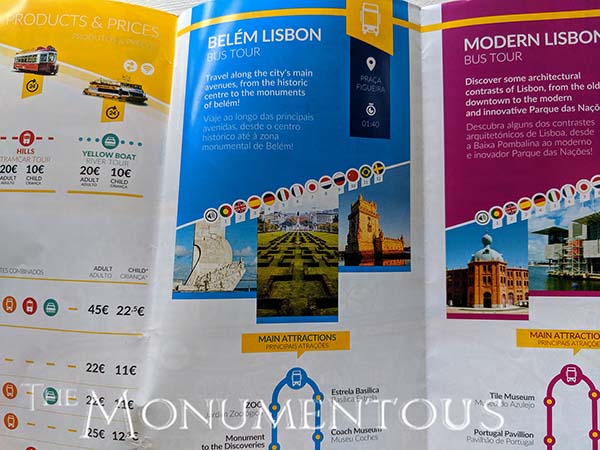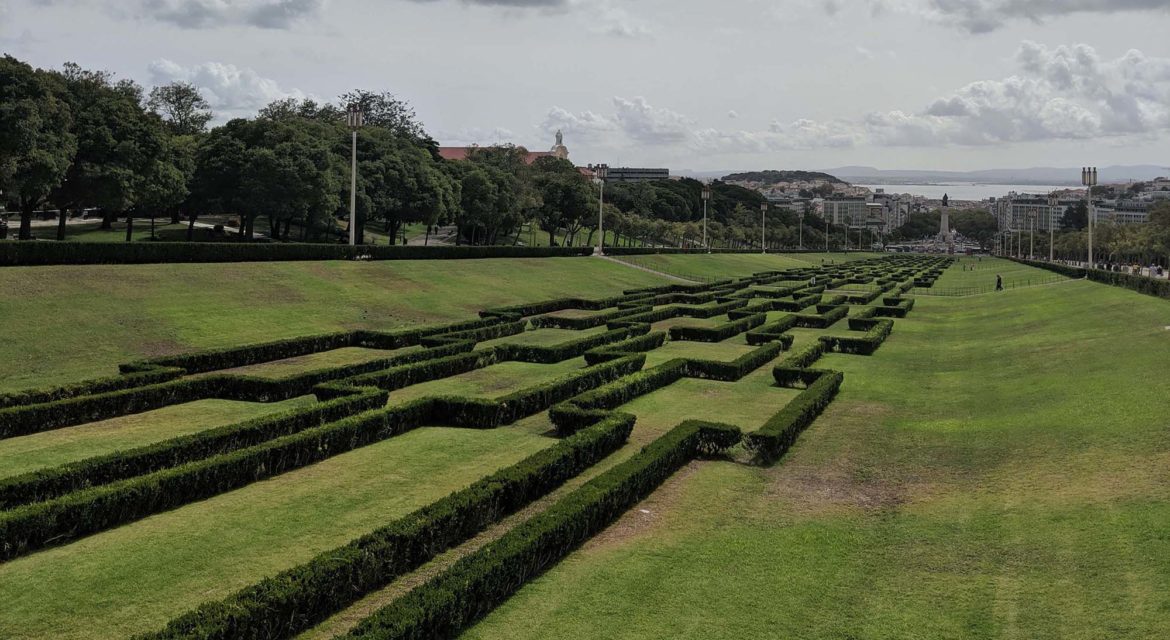 Covering 26 hectares, Parque Eduardo VII (Edward VII Park) has become a hub of activity for both residents of and visitors to Portugal. As the largest public park in Lisbon that features numerous monuments as well as a variety of activities, Parque Eduardo VII has come to serve as both a critical green space as well as an important landmark for Lisbon and Portugal as a whole.
Covering 26 hectares, Parque Eduardo VII (Edward VII Park) has become a hub of activity for both residents of and visitors to Portugal. As the largest public park in Lisbon that features numerous monuments as well as a variety of activities, Parque Eduardo VII has come to serve as both a critical green space as well as an important landmark for Lisbon and Portugal as a whole.

Built on One of the Highest Hills in Lisbon
In 1903, King Edward VII of England traveled to Lisbon as a gesture for strengthening the alliance between the two countries. As a similar gesture of goodwill, a park that was built at the end of the 19th century and had been known as Liberty Park (Parque da Liberdade) was renamed in his honor.
The Estufa Fria is a large greenhouse garden that resides in the heart of Parque Eduardo VII, but the park itself is divided into three sections. A central grass area with geometrically patterned hedges defines the middle, with two landscaped gardens on either side.
 The Club VII sports complex with tennis courts dominates one side of the park, while the Carlos Lopes Pavilion dominates the other. Originally built for the 1922-1923 exposition in Rio de Janeiro, the pavilion was reconstructed in the Parque Eduardo VII in 1932. Originally known as the Exhibitions Palace, the pavilion was renamed in 1984 after the winner of Portugal’s first ever-Olympic gold medal.
The Club VII sports complex with tennis courts dominates one side of the park, while the Carlos Lopes Pavilion dominates the other. Originally built for the 1922-1923 exposition in Rio de Janeiro, the pavilion was reconstructed in the Parque Eduardo VII in 1932. Originally known as the Exhibitions Palace, the pavilion was renamed in 1984 after the winner of Portugal’s first ever-Olympic gold medal.
Notable monuments also reside at either end of the park. A monument to the Marquis of Pombal, the prime minister responsible for rebuilding Lisbon following the Great Earthquake in 1755, greets visitors to Parque Eduardo VII on the south end. This monument to Lisbon’s rebirth consists of a bronze statue of the marquis standing atop a monumental pedestal. The marquis is looking towards the Baxia district he helped rebuild and is accompanied by a lion.
On the opposite end of the park is a monument and fountain to the 25th April Revolution by Portuguese sculptor João Cutileiro. It consists of a fountain in the shape of a rock, supported by large struts and set in a basin with a crumbling wall and broken columns. Liberty Park had been built on one of the highest hills in the city and the vantage from this monument provides visitors with one of the most spectacular views of Lisbon. However, that’s just one of the reasons that both residents and visitors flock to Parque Eduardo VII.

Activities and Events for Lisbon Residents and Visitors
 There are over 300 species of plant to experience in the Estufa Fria, but that’s just part of what keeps both residents and visitors coming to the park. Along with the Club VII sports complex, a children´s playground, bandstand, picnic area and exercise installations provide everyone with numerous activities. Additionally, a restaurant in the sports complex, as well as the café at the top of the park, create more options for visitors as well as direct revenue opportunities for the park.
There are over 300 species of plant to experience in the Estufa Fria, but that’s just part of what keeps both residents and visitors coming to the park. Along with the Club VII sports complex, a children´s playground, bandstand, picnic area and exercise installations provide everyone with numerous activities. Additionally, a restaurant in the sports complex, as well as the café at the top of the park, create more options for visitors as well as direct revenue opportunities for the park.
The space itself has also become a hub for events of all types and sizes. The Carlos Lopes Pavilion doubles as a venue for occasional concerts or private events. Parque Eduardo VII has also been used for cultural and entertainment purposes such as fairs and exhibitions. As one example, the Lisbon Book Fair is held in Parque Eduardo VII. Numerous books in Portuguese and English are available during the fair, allowing visitors to look through and purchase old and rare books as well as various ones that are on sale.
All of these events and activities have turned Parque Eduardo VII into a cultural hub for residents and a destination for visitors that countless tours highlight. All of this activity has enabled a major cultural and economic impact on the city that serves as a legacy for the past and future of Lisbon.

A Legacy for Lisbon
 With plenty of green space and a view that offers a sweeping look across Lisbon and the surrounding landscape, Parque Eduardo VII would always be able to attract an audience of a certain type. However, just like other parks that have made an effort to install notable monuments and create experiences, Parque Eduardo VII has been able to utilize these elements and enable engagement to become something much more for both residents and visitors. Doing so has allowed it to create a legacy for Lisbon that resonates across Portugal and the entire world.
With plenty of green space and a view that offers a sweeping look across Lisbon and the surrounding landscape, Parque Eduardo VII would always be able to attract an audience of a certain type. However, just like other parks that have made an effort to install notable monuments and create experiences, Parque Eduardo VII has been able to utilize these elements and enable engagement to become something much more for both residents and visitors. Doing so has allowed it to create a legacy for Lisbon that resonates across Portugal and the entire world.

